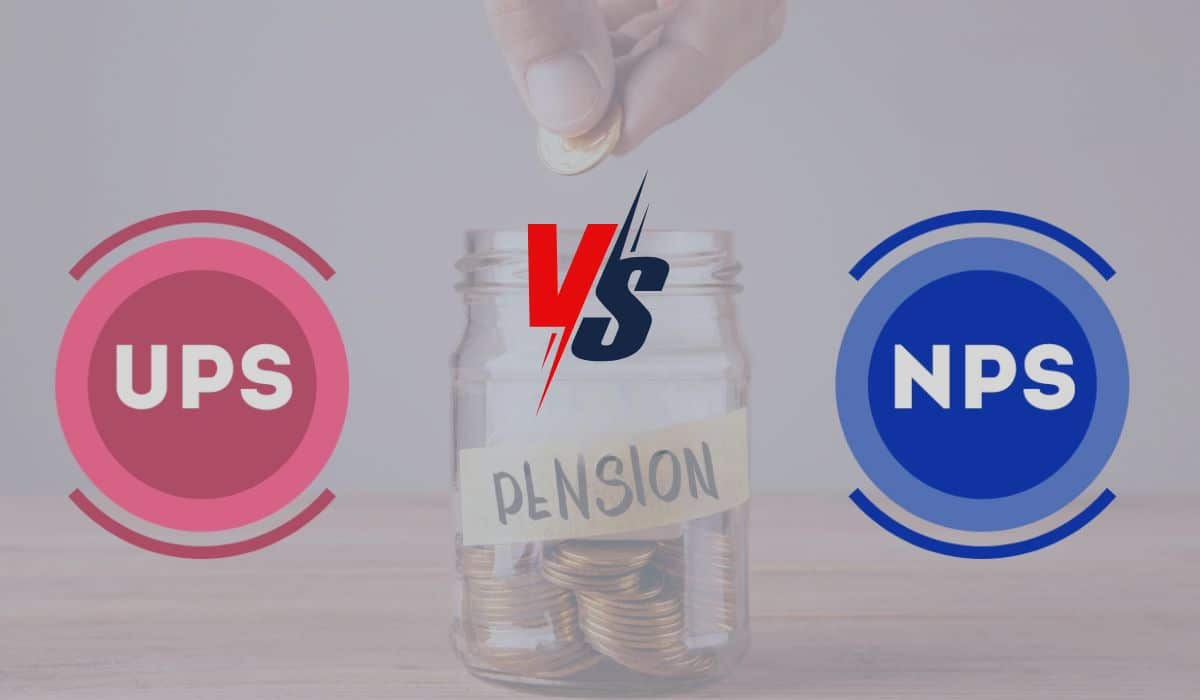NPS vs UPS: Choosing Between the Unified Pension Scheme and Staying with Current Options

The Indian government has extended the deadline for government employees to choose between the New Pension System (NPS) and the Unified Pension Scheme (UPS) until September 30. This extension allows employees additional time to make an informed decision regarding their retirement plans. The government has also confirmed that the tax treatment for the maturity corpus and pension from the UPS will be identical to that of the NPS, providing clarity for those considering their options.
Understanding NPS and UPS
The New Pension System (NPS) is a market-linked retirement savings scheme designed to provide individuals with a pension based on their contributions. It emphasizes long-term capital growth, allowing for a higher equity allocation, which can reach up to 75%. This strategy aims to generate a substantial retirement corpus through the power of compounding over several decades. However, participants must be prepared to face market risks and fluctuations, as their pension amount will depend on the performance of their investments.
In contrast, the Unified Pension Scheme (UPS) offers a hybrid model that combines elements of the NPS with a guaranteed minimum pension. This pension is indexed to inflation and is partially funded by returns from a dedicated pension guarantee fund. The UPS aims to provide a more stable income for retirees, making it an attractive option for those who prefer predictability in their retirement planning.
Choosing Between NPS and UPS Based on Age
The choice between NPS and UPS largely depends on an individual’s age and risk tolerance. For employees under 35, the NPS is generally recommended. Young investors can leverage their long investment horizon to benefit from higher equity exposure, which is likely to yield a larger retirement corpus over time. However, they must be comfortable with market volatility and not panic during downturns.
For those aged 35 to 50, the decision becomes more nuanced. Mid-career employees with a higher risk appetite may still favor the NPS, as they have enough time to benefit from compounding. Conversely, those seeking more stable returns might find the UPS more appealing, especially if retirement is approaching within the next 10 to 15 years. For individuals aged 50 and above, the UPS is often the better choice, as it provides a guaranteed pension that offers financial predictability during retirement.
Market Performance and Its Impact
The performance of the market-linked components in both NPS and UPS will significantly influence the returns for subscribers. Younger individuals have an advantage, as they can afford to take on more risk and remain invested in the NPS for potentially higher returns. However, if market conditions do not meet expectations, their retirement corpus could suffer.
Calculations using the NPS Trust calculator indicate that a 25-year-old with a starting salary of Rs 25,000 could benefit more from the NPS, especially with a blended return of around 10%. In contrast, if returns drop to 8-9%, the UPS may provide better outcomes. For middle-aged investors, the results are mixed. A 35-year-old with a basic pay of Rs 35,000 and 10 years of contributions may find both options nearly equal at a 10% return. However, the NPS would only be advantageous if returns exceed 10%.
Retirement Planning for Different Age Groups
For older investors, particularly those around 45 years old, the UPS tends to be the more favorable option. Even with a 12% return from the NPS, the UPS can offer better benefits. For instance, a 45-year-old with a basic pay of Rs 50,000 and 20 years of contributions would find the UPS more beneficial, especially if the NPS yields only 8-10%.
Observer Voice is the one stop site for National, International news, Sports, Editor’s Choice, Art/culture contents, Quotes and much more. We also cover historical contents. Historical contents includes World History, Indian History, and what happened today. The website also covers Entertainment across the India and World.

